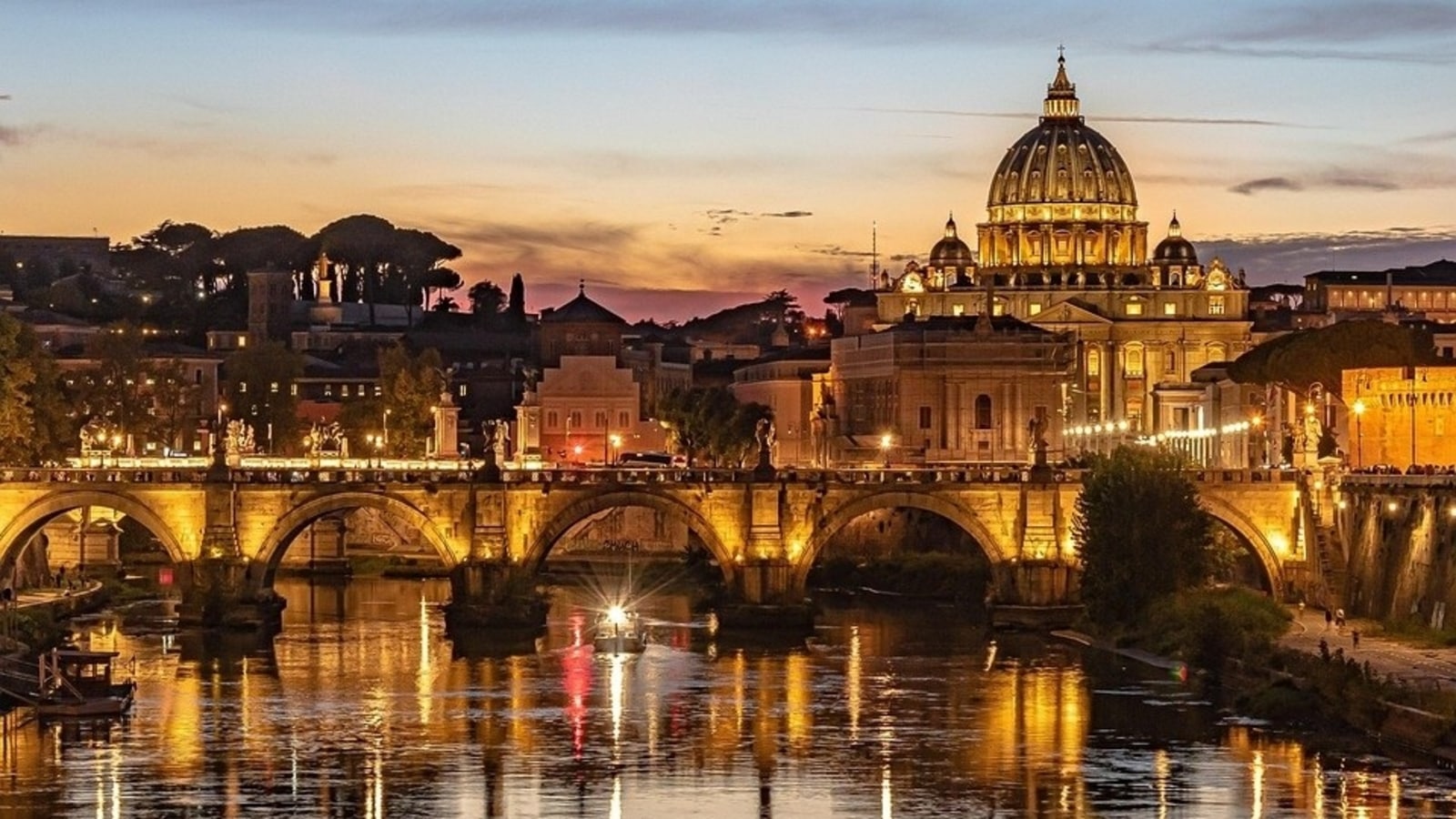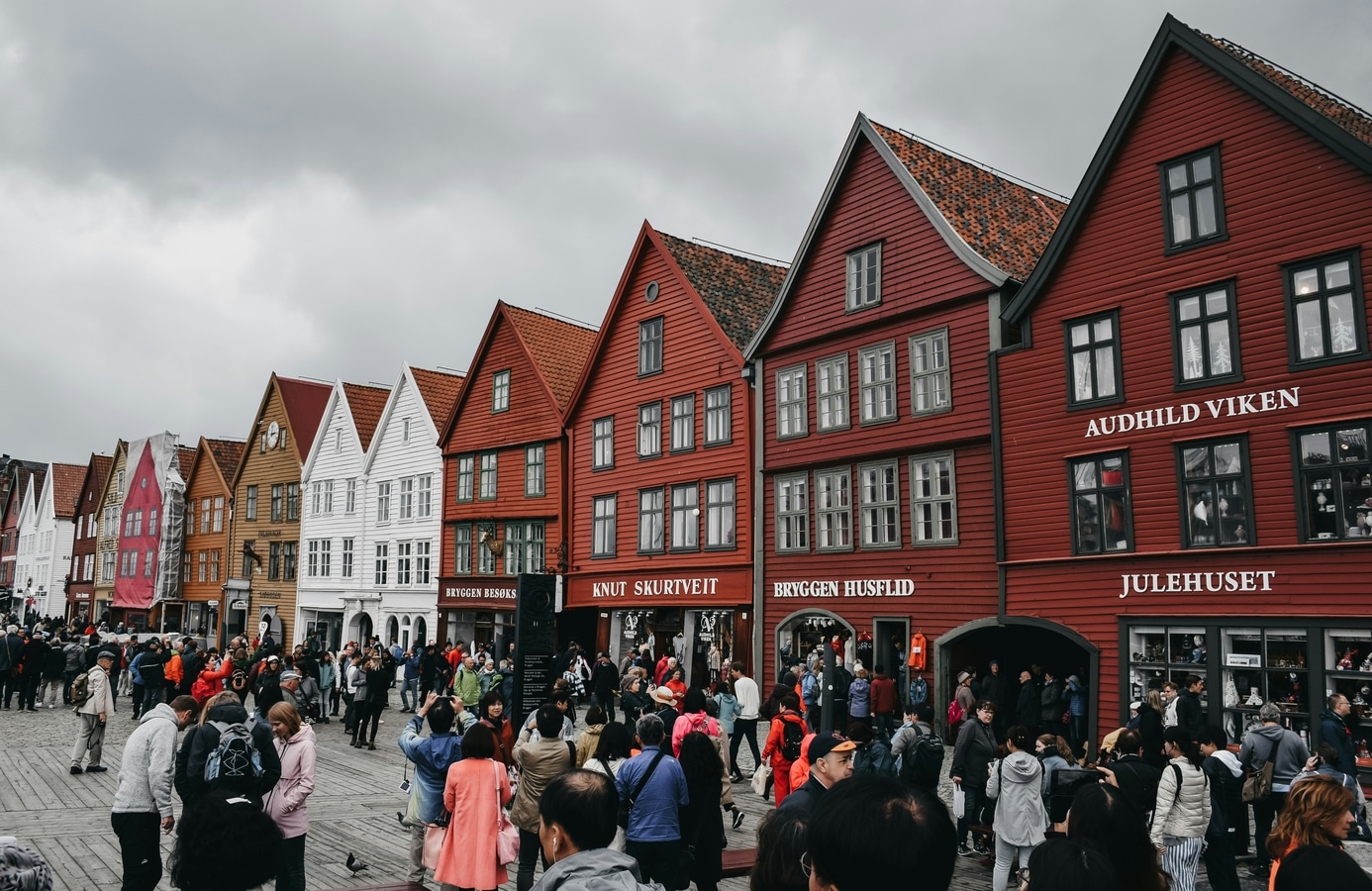If you are planning to be in Goa between March 26 and April 8, shun the cliched touristy things, Partake in unusual Goan festivals that celebrate and showcase traditional culture and rituals – from a ‘joyful horse’ dance to walking on embers, a festival of thieves and even (you ain’t heard of this!) Shisha Ranni, a festival in which rice is cooked by keeping the cooking utensil upon the heads of three men who lay on the ground to form a traditional cooking place.
1. Shigmo Festival (various Goan cities): Shigmo, or Shishirotsava is a spring festival that celebrates Hindu mythology, traditional dances, and folklore. A float parade winds its way down the streets once the sun sets and the lights come on. The music is typically dhol, taasha and kasale. It has two variations: Dhakto Shigmo (small Shigmo) and Vhadlo Shigmo (big Shigmo). Dhakto Shigmo is primarily celebrated by farmers, labourers, and rural communities, while Vhadlo Shigmo is a larger-scale celebration involving everyone. This year it will be celebrated from March 26 to April 8 and will be held in 14 different places on different dates – Ponda, Calangute, Sanquelim, Valpoi, Panaji, Porvorim, Bicholim, Pernem, Canacona, Vasco, Shiroda/Curchorem, Quepem/Dharbandora, Margao, Mapusa/Sanguem, and Cuncolim.
2. Xenni Uzzo (Molcornem Sanguem): Annually, on the first full moon night following Shigmo, the village of Molcornem in Quepem becomes the stage for an age-old ceremony known as Xenni Uzzo. This ritual serves dual purpose: it honours the village’s founding figures and beliefs while also commemorating the spring harvest festival. Utilising natural resources, such as dry cow dung cakes, locally termed as Xenni, and leaves, they generate sparks, referred to as uzzo, by striking these elements together. Encircling the resultant fire, villagers partake in spirited dances, while men transport areca nut tree trunks from carefully selected plantations near the Mallikarjun temple.
3. Ghode Modni (Thane, Sattari): Ghode (literally, horse) Modni (literally, joyful) is a centuries-old tradition that showcases a spectacular display of horsemanship and martial arts, with performers dressed as warriors riding decorated horses. The rhythmic sound of hooves and the colourful attire of the performers create a captivating spectacle. The Ghode Modni folk dance is a significant highlight of the Shigmo festival, celebrated during the harvest season in Goa.
4. Chorotsav (Zarme): Chorotsav, also known as the ‘festival of thieves,’ is a quirky celebration held in the village of Zarme in Sattari Taluka. Locals dress up as mischievous thieves and engage in playful antics – from mock robberies to comedic performances. At the festival, four participants are buried with only their heads protruding, while another four have their heads submerged in pits. This symbolic act represents a tragic incident from ancient past when thieves were mistakenly executed.
5. Homkund Utsav (Charao): In the quaint village of Charao, locals gather to perform age-old rituals that pay homage to their ancestors and seek blessings for prosperity and well-being. The festival entails igniting a pyramidal stack of wood, typically measuring around five to six feet in height. Once the wood is reduced to smouldering ashes, local men and boys participate in a remarkable ritual, traversing barefoot across the scorching embers to the rhythmic accompaniment of traditional percussion instruments like the dhol, tasha, and cymbals.
6. Shisha Ranni (Canacona): Held at Shri Mallikarjun Temple, Avem-Khotigao in Canacona, Shisharanni is a ritual in which rice is cooked by keeping the cooking utensil upon the heads of three men who lay on the ground to form a traditional cooking place. Three villagers from Canacona taluka’s Gaondongorim voluntarily offer their heads as makeshift stoves for cooking rice over a wood fire. The heads of these chosen three are covered with a wet cloth and layers of plantain trunk. The branches of the Shisha tree are burnt under the pot, creating a replica of a traditional cooking stove.
Shri Mallikarjun Temples are located at three different places in Canacona– at Shristhal , Canacona, main temple and Gaodongrim village and the rituals of Shisharanni happen once in three years at each of these temples.
Good to know:
• It can get crowded and parking can be a challenge, check with the hotel concierge about travel and traffic advisory.
• Cabs are expensive, renting a car/two wheeler is a better option.
• Two-wheelers are not allowed on a few bridges, you can be heavily penalised for breaking the rule.
• Wear helmet, carry the vehicle documents.
• It can get very hot during the day, carry hat, umbrella, slather sunscreen.













+ There are no comments
Add yours